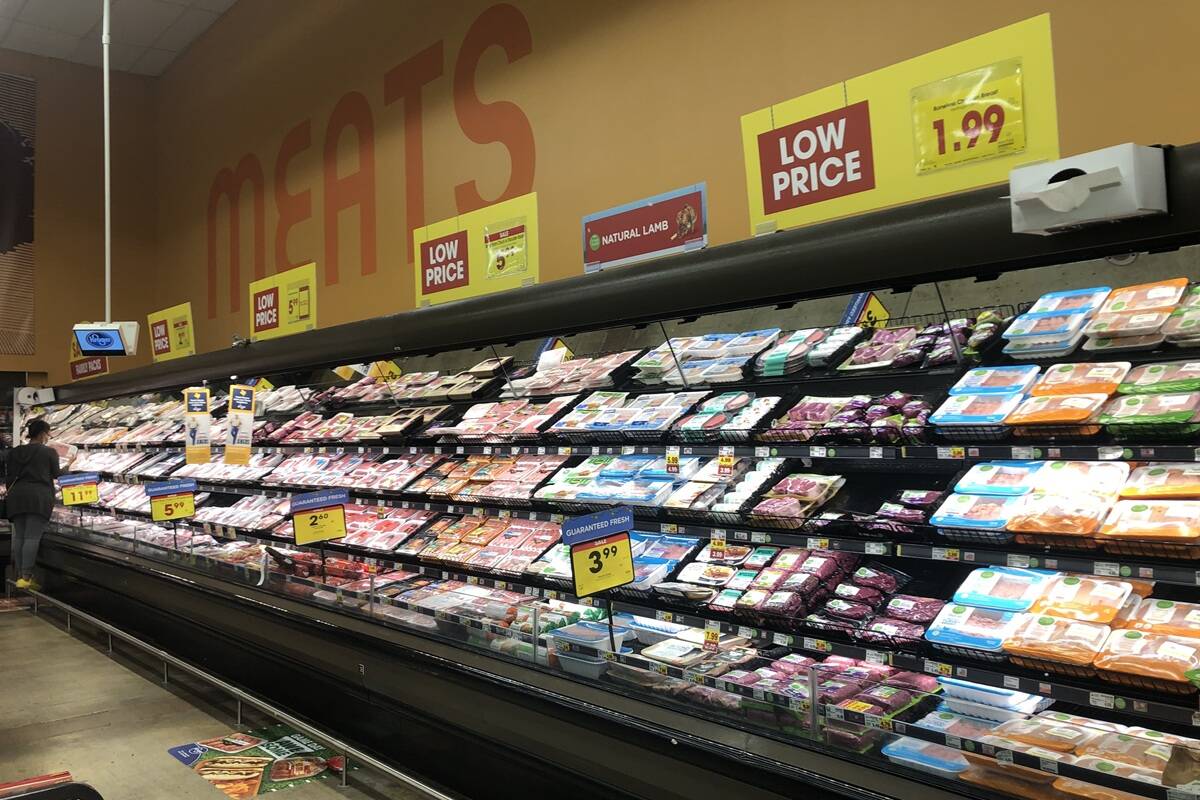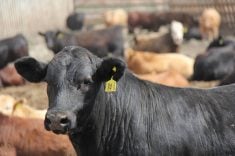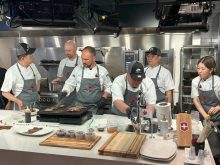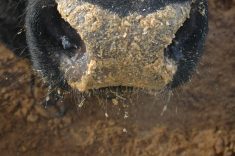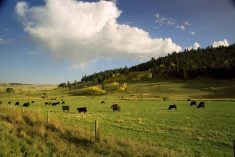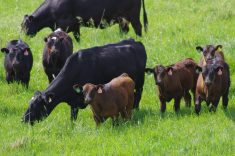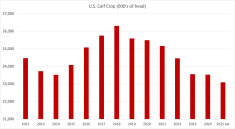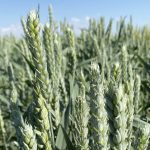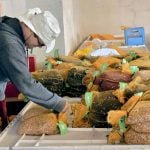Cattle producers all around the world face constant concerns about how beef is selling and whether they will have enough feed and water to maintain or grow their beef herds. They also face concerns about animal diseases that could affect cattle health, roil markets and cause beef demand to decline.
U.S. producers currently face concerns that the red-hot beef market might cool because retail beef prices soared in July to new record highs. USDA’s Choice beef averaged US$9.69 per pound, up US$0.42 per pound from the prior month, and up US$1.26 per pound or up 15 per cent from the prior year. The All Fresh price averaged US$8.90 per pound, up US$0.27 per pound from June, and up US$0.75 per pound or 9.2 per cent from year-ago levels. In contrast, the retail pork price averaged US$5.01 per pound in July, up 1.8 per cent from June and last year. The retail chicken price averaged US$2.08 per cwt, down 0.5 per cent from June but up 4.5 per cent from July last year.
Analysts for several months have been closely examining the prices’ effect on beef sales. In mid-August, minor cracks were beginning to show in what has been the positive foundation of beef demand, said Andrew Gottschalk, HedgersEdge.com. Late buying to cover Labour Day holiday needs caused daily and weekly beef cutout values to soar. But post-Labour Day retail sales will likely provide a glimpse into what will be seen as real demand. Unlike cattle inventories, which are visible, beef demand can erode slowly and is often difficult to initially recognize, he said.
Read Also
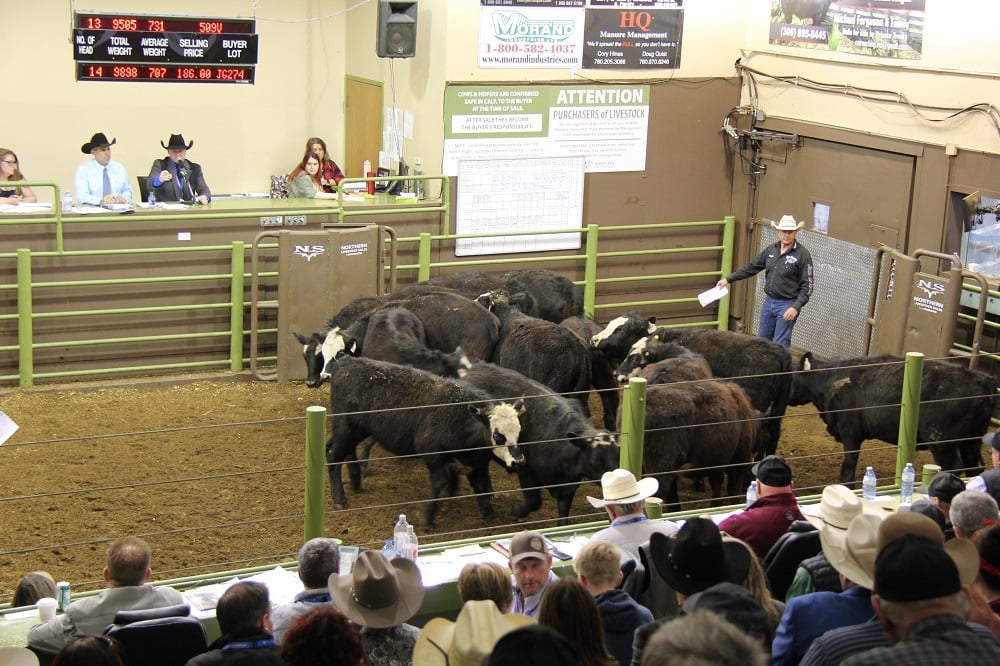
Cattle Market Summary
Break-evens, cow and calf prices, plus market summaries courtesy of Canfax and Beef Farmers of Ontario. Cost of Production September…
Meanwhile, U.S. cattle producers since late last year have faced the threat of New World screwworm entering the U.S. from Mexico. New World screwworm is a devastating pest, says USDA. When the fly larvae burrow into the flesh of a living animal, they cause serious, often deadly, damage to the animal. New World screwworm can infest livestock, pets, wildlife, occasionally birds and, in rare cases, people.
This is why USDA is investing up to US$750 million to build the U.S.’s first domestic sterile New World screwworm fly production facility. On August 15, Agriculture Secretary Brooke Rollins detailed the agency’s latest efforts to combat New World screwworm, which has since been reported in a Maryland resident who had returned from travels in El Salvador. The pest has appeared in Central and South America, as well as Mexico. Other cases have been detected within 370 miles of the U.S. border. USDA has assessed the information on the ground in Mexico and determined it must construct an additional sterile fly production facility in the U.S. to stop the northward advancement of this terrible pest that is threatening American cattle production, she said.
The new production facility will be based at Moore Airfield Base in Edinburg, Texas, where USDA previously announced it was investing US$8.5 million to create a disposal facility for sterile flies, set to be completed by the end of the year. Once the newly announced production plant is finished, it will have the capacity to produce 300 million flies per week. The only current operating sterile New World screwworm fly facility is in Pacora, Panama, where approximately 11 million flies are produced per week. That facility runs at full capacity.
The U.S. previously owned a facility in Chiapas, Mexico, during the New World screwworm outbreak in the 1960s. But it has since been closed. By building a sterile fly production facility domestically, USDA seeks to gain more independence from those in Panama and Mexico, it says. Several of the most prominent trade groups that represent U.S. cattle producers praised USDA’s investment but urged USDA to act as soon as possible to provide sterile flies.

